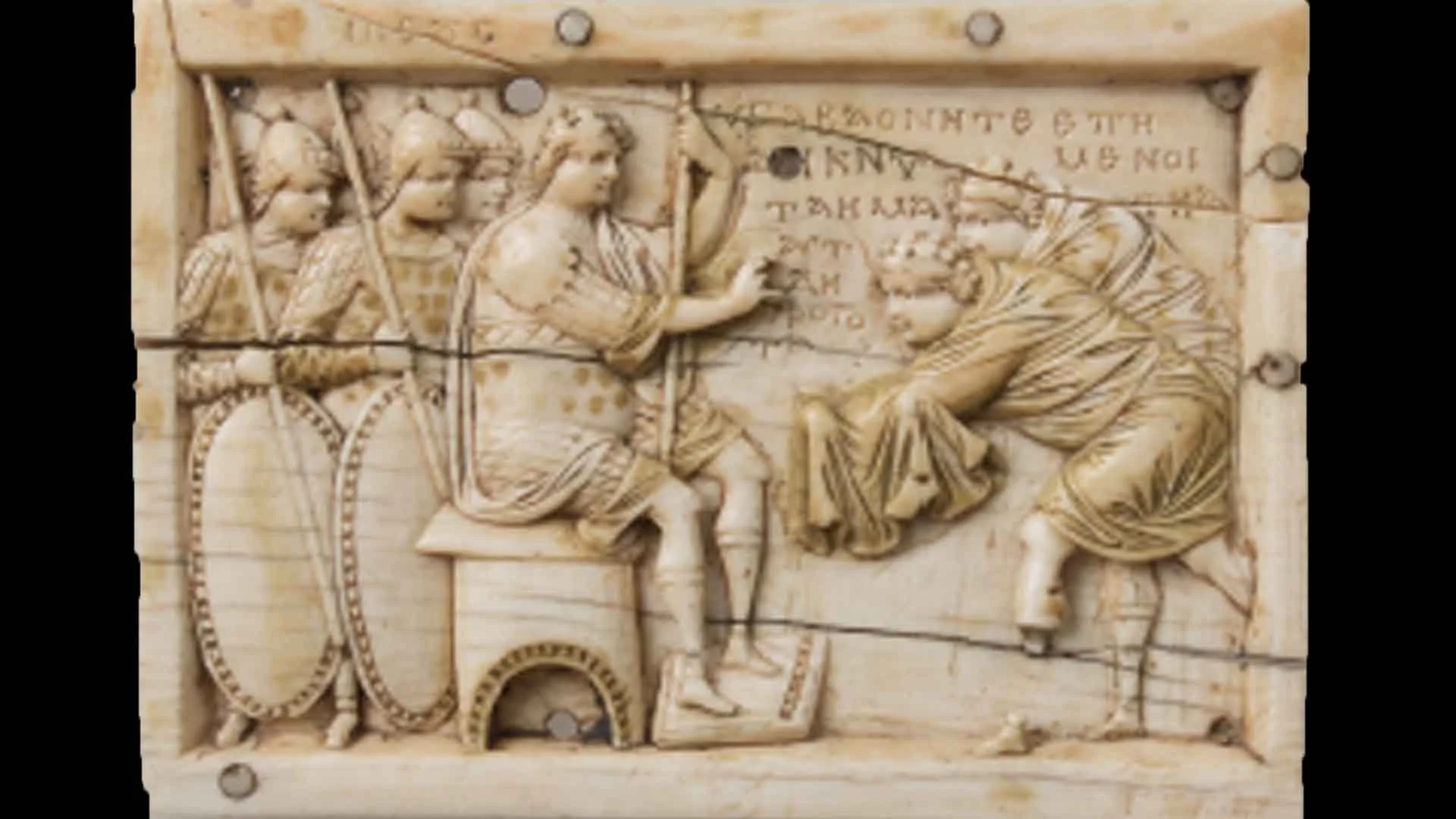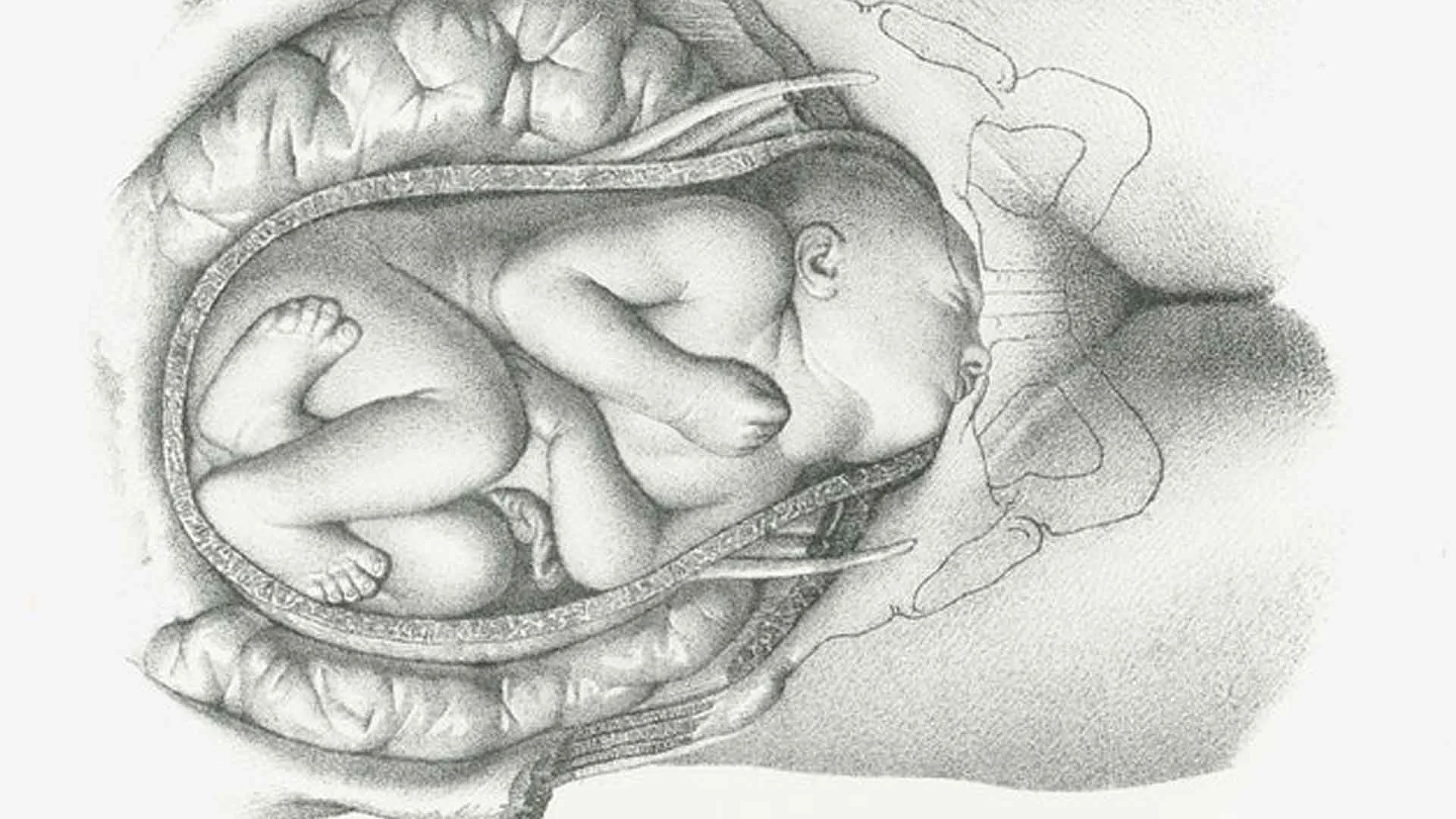For the source text click/tap here: Bava Batra 117
To download, click/tap here: PDF
The daughters of Tzelophchad took three portions of the inheritance of the Land of Israel. (1) the portion of their father, Tzelophchad, who was among those who left Egypt; (2) their father's portion among brothers in the estate of Chepher, his father; (3) an extra share in the estate of Chepher, to which their father was entitled because he was a firstborn.
Number (1) teaches that the Land of Israel was divided among those who left Egypt, even if they were not living at the time of the conquest of Israel; Number (2) teaches that the daughter of a son received a share even when her father's brothers are alive; Number (3) teaches that the Land of Israel is considered to have been in possession of those who left Egypt.
How was the Land of Israel divided up among the Children of Israel who arrived after the 40 year trek through the desert?
Two passages in the Torah appear to offer different versions of the method used for dividing the land –
The pasuk in Bamidbar (26:55) teaches that the land was divided according to “the name of the tribes of their fathers.”
Two pesukim before (Bamidbar 26:53) the Torah states that the land would be divided “among these…according to the number of names.”
Our Gemara quotes three different opinions about how to interpret these pesukim.
Rabbi Yehuda HaNasi said: to illustrate the point, I will tell you a parable. To what is this matter comparable? To two brothers who were priests and who were in one town…
We explore his life and legacy and the use of parables to illustrate legal principles and even Kafka’s debt to midrasnhic parables!




















